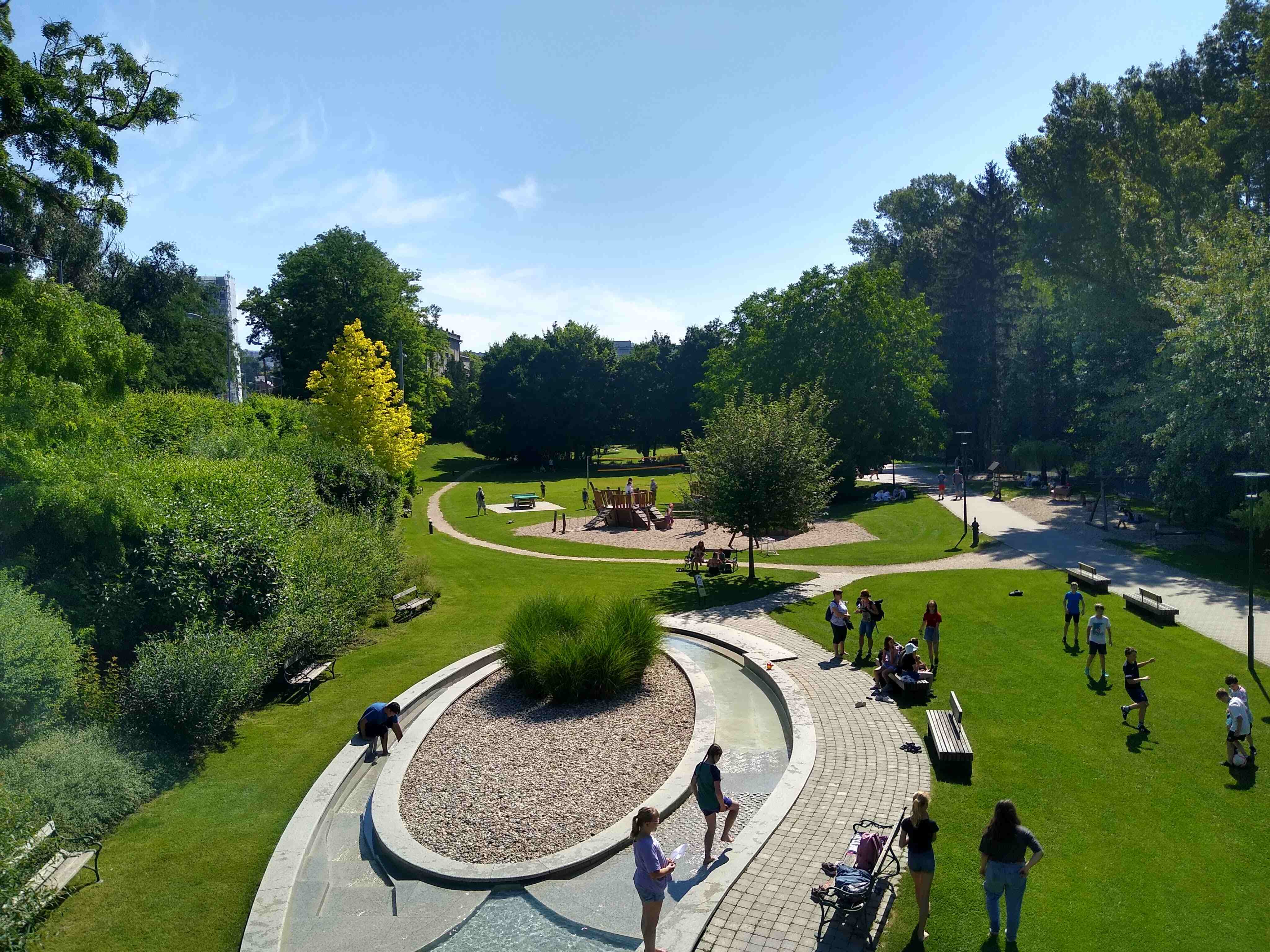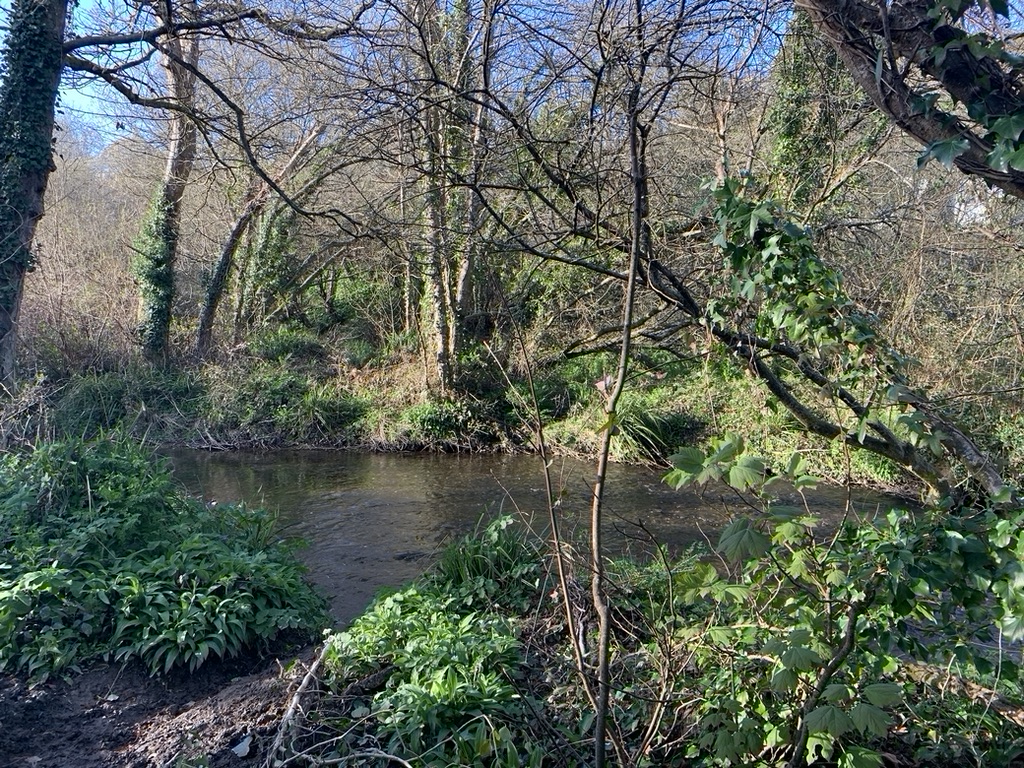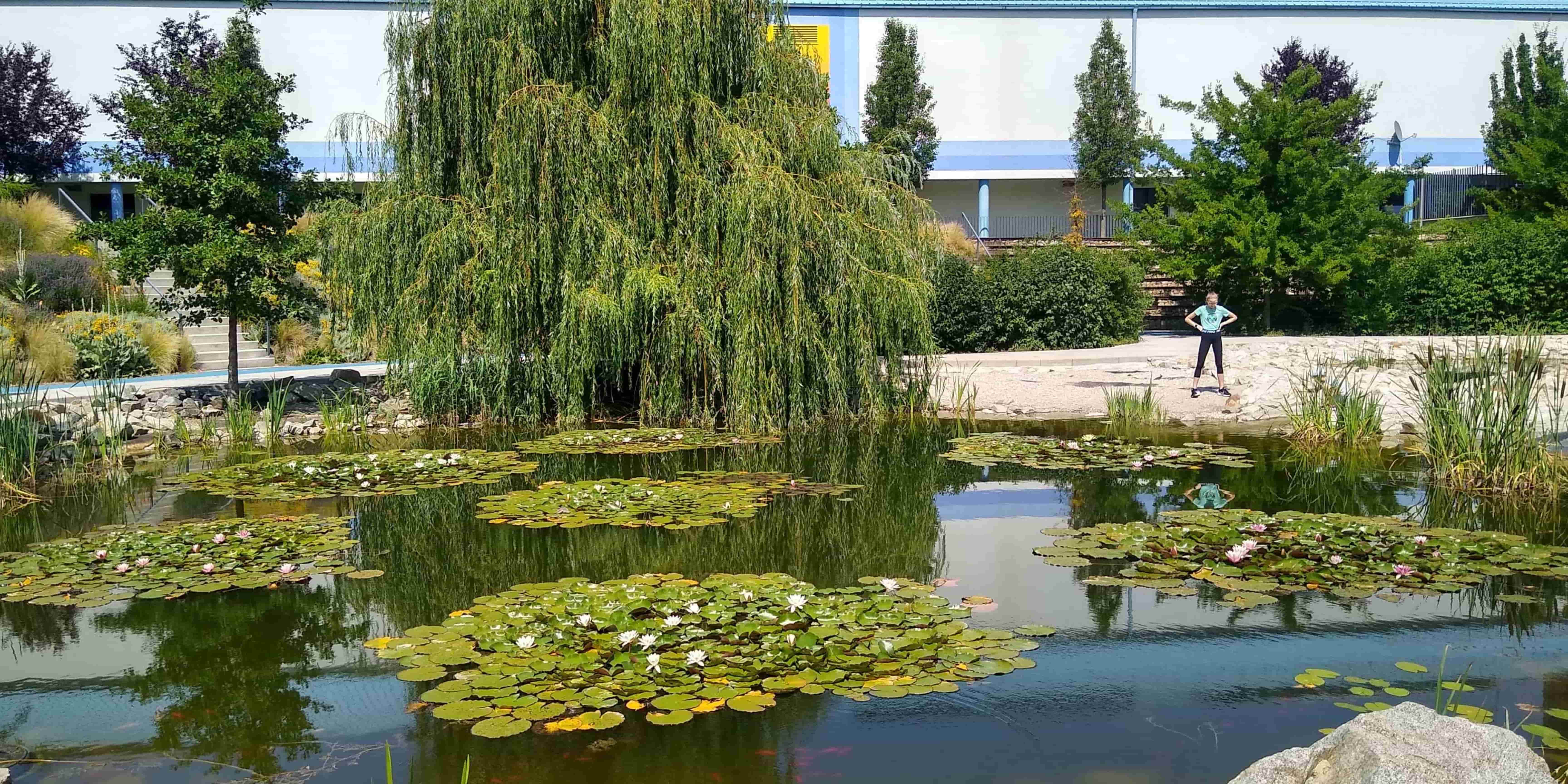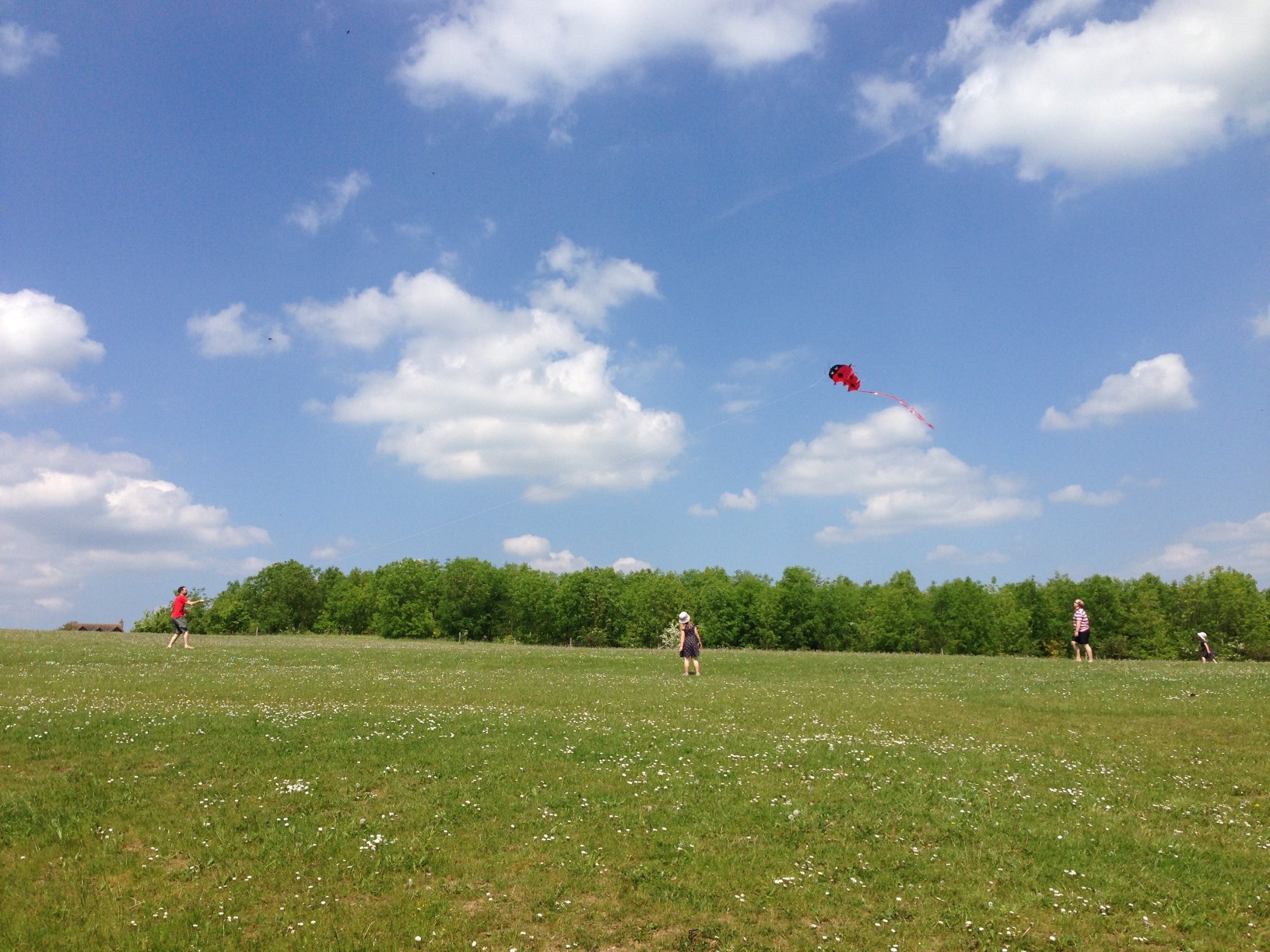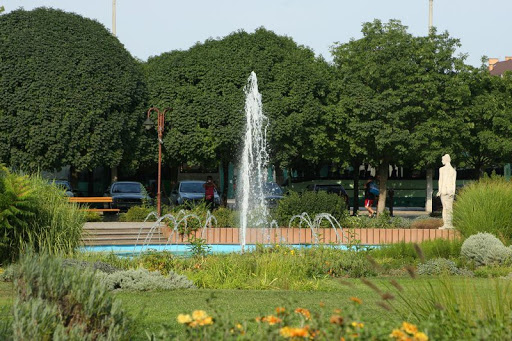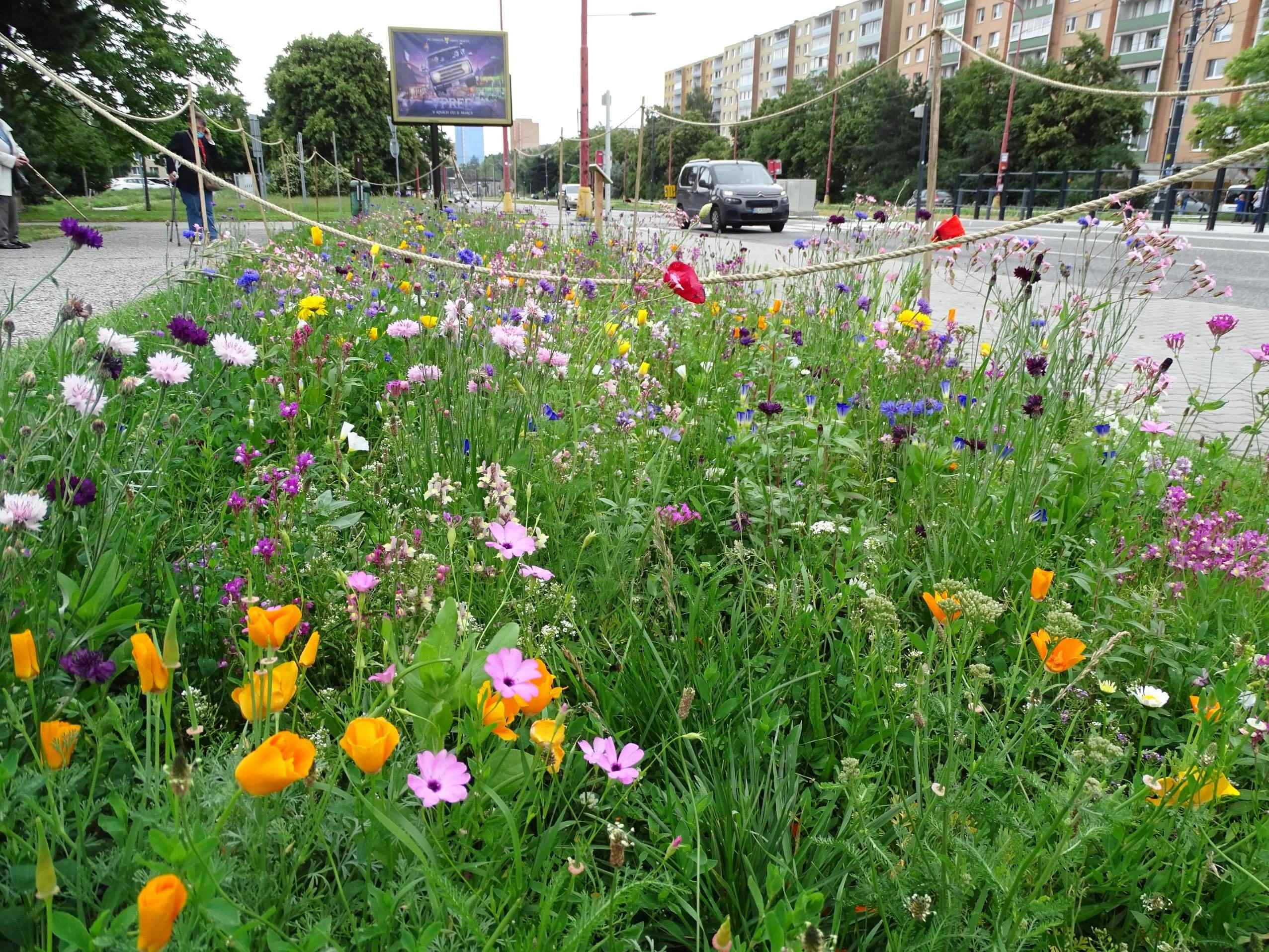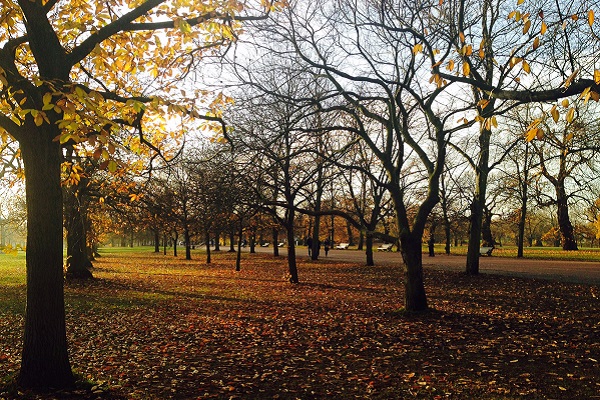By Imke van Moorselaar and Age Niels Holstein, City of Amsterdam
Green infrastructure delivers multiple social, environmental and economic benefits. Green environments create pleasant and attractive places and scientific research has documented substantial evidence that there is a clear and positive link between ‘living in a green environment’ and ‘health’ and ‘wellbeing’. In this context, there is an often shared general assumption that green infrastructure can play a significant role in the mitigation of urban air quality problems. In this news item we discuss the relationship between air quality and urban vegetation.
Uptake and removal of pollutants by vegetation
Trees, shrubs and plants remove air pollutants by absorbing gaseous pollutants, e.g. nitrogen dioxide (NO2), through their stomata and by deposition of particles onto the leaves and branches. These processes are proportional to the size of the green infrastructure involved. For example, a large forest will result in more deposition than a small city park. The deposition of particulate matter is a general process that is not limited to vegetation and can also take place on buildings, physical barriers like crash barriers, noise barriers and many other objects.
Greenery and impairment of air quality
Paradoxically, and less well known amongst policy makers and the general public, is that at a local level urban greenery can also have a negative impact on air quality, for example, city trees can obstruct the wind flow in busy streets, thereby reducing natural ventilation. This, in turn, can lead to a higher air concentration of pollutants. Unfortunately, this negative effect of urban green can often override the positive effect of air pollution capture.
Important considerations with regard to air quality and urban greenery:
- Because exhaust fumes and gases spread in all directions only a small fraction of the emissions from road traffic comes into contact with the local green infrastructure and only a small percentage of this fraction is captured by the vegetation.
- The deposition of particulate matter on vegetation in time correlates to particle size. Ultra fine particles, like soot, are of particular importance because they have the highest negative health impact. These particles have a diameter smaller than 0.1 micrometer. Particles with a diameter between 6 and 10 micrometers have the highest deposition rate.
- Air quality improvement through vegetation must be assessed in terms of the reduction of concentration of pollutants in the air. This is expressed in micrograms/m3. Claims about the beneficial effect of green on air quality are often substantiated by (impressive numbers of) particulate matter deposition. This is misguided. Only the concentration of particulate matter is of importance for human health.
- Deposition of particulate matter is a very general phenomenon and not exclusive to green infrastructure. For example: white plastic garden chairs along a busy road will turn black in time as a result of the deposition of fine particles but this does not substantiate a claim that white plastic garden chairs improve air quality.
Summary
It is a general assumption that trees and vegetation can clean the air. Although green infrastructure has multiple benefits, including health, policy makers and urban planners should be aware that the direct positive impact of green infrastructure on local air quality cannot be assumed. If, in a specific urban situation, free airflow is reduced by green infrastructure, even an aggravation of local air quality could occur. Measures that focus on the source of air quality problems are best suited and most effective leading to the prevention of air pollutants emission rather than removal from the air.
More information on this topic is available in the following documents:
- ‘Improving local air quality in cities: To tree or not to tree?’, Vos et al. (2012)
- ‘Air quality, health and green infrastructure’, Saskia van der Zee, Department of Environmental Health, Amsterdam Public Health Service, a presentation given at PERFECT peer-to-peer meeting in Amsterdam, May 2018
- 'Het effect van vegetatie op de luchtkwaliteit' (the effect of vegetation on air quality), Wesseling et al. (2011) - RIVM Rapport 680705019
Imke van Moorselaar is an Environmental Health Advisor for the Amsterdam Public Health Service.
Age Niels Holstein is the Programme Manager for Housing the Elderly for the City of Amsterdam.


